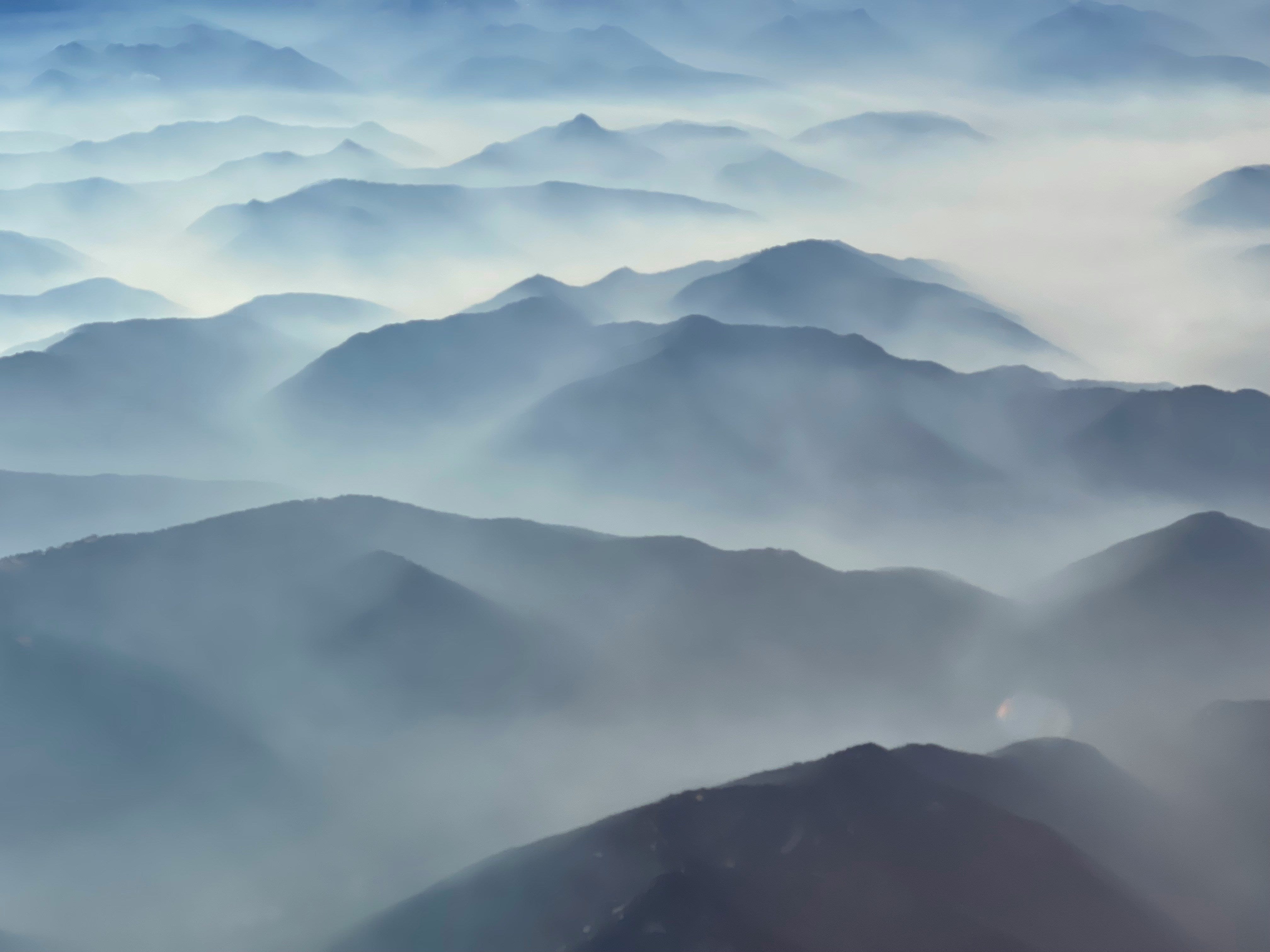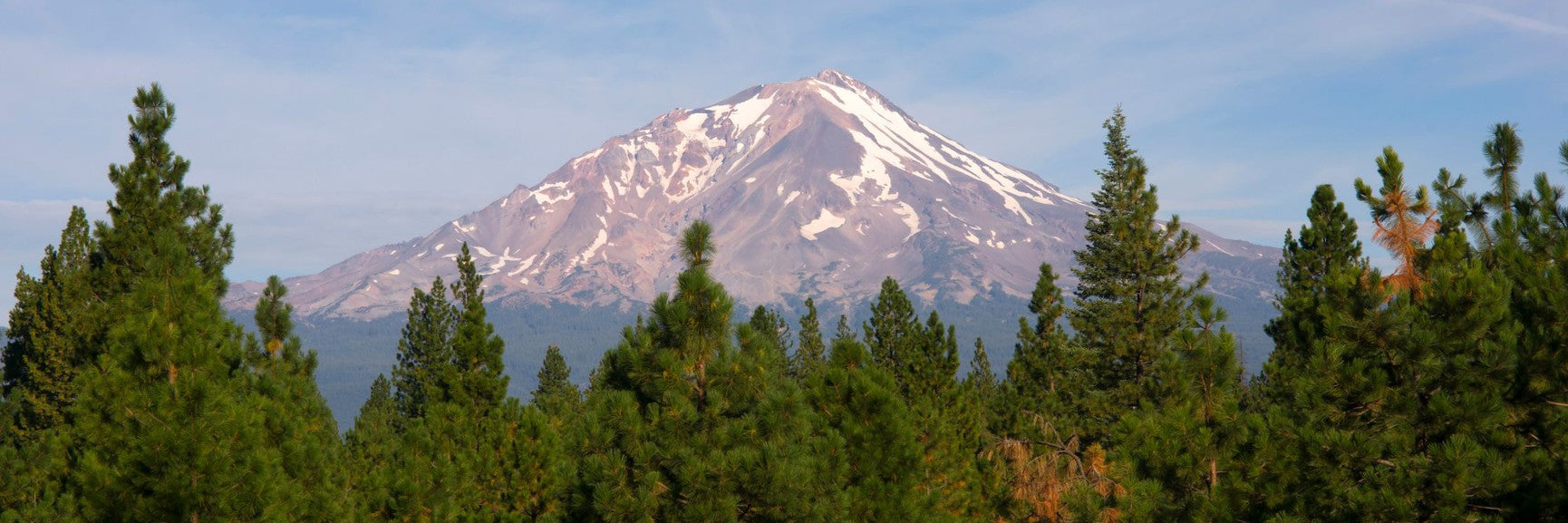A jewel in the Himalayas, Nepal is a country packed with high-altitude natural wonders and deep valleys. Famous for Mount Everest and its brave Sherpa mountain guides, Nepal has an entire world to offer. From fortified monasteries and stunning architecture to vibrant festivals and celebrations like Dumji and Gyalpo Losar, Nepal offers a rich history and culture stretching back centuries, as well as mouthwatering cuisine sure to light up every taste bud with complete delight. It’s no wonder that every year adventurers travel to Nepal for an experience that sticks with them for over a lifetime.
And, when it comes to a famous wonder full of rich history, Swayambhu Mahachaitya is a real stand out. Dubbed the ‘Monkey Temple’, this holy shrine is located on the Swayambhunath Stupa above the Kathmandu Valley and is one of the most ancient and enigmatic of all the holy shrines in Nepal, with a golden spire and lofty dome crowning a conical wooded hill visible from miles away. Steeped in proud tradition and important Buddhist folklore, Swayambhu Mahachaitya is a sacred religious site dating back to the ancient times of Nepal, being a centre for Buddhist pilgrimage and playing a significant role in Buddhist lore and Himalayan history.
But, what makes the Swayambhu Mahachaitya such a special cultural icon? And why is it such a fantastic location that you simply can’t miss when visiting Nepal? Well, this blog will explain how Swayambhu is a beautiful piece of living history that Nepal and the Himalayas cannot do without.
The History of The Monkey Temple
One of the oldest religious sites, Swayambhunath is sacred to Buddhists and Hindus alike, with recorded use of the area as a holy site dating back many centuries. According to the Gopal Raj Vamshavali (Gopālarājavaṃśāvalī), a 14th-century hand-written manuscript of Nepal documenting Nepali history, the temple was founded by King Vrsadeva in the fifth century. At the site, there is a damaged stone inscription that appears to confirm that further work was done on the complex in 640 CE. Although there is some historical stipulation that Emperor Ashoka, of the Mauryan Empire in India, visited the site in the third century BCE and built a temple there that was later destroyed, indicating the religious roots of the area could date back even further.
Due to this history and mythology, many Hindu monarch followers have paid homage to the temple. This includes Pratap Malla, the eighth King of Kantipur, who constructed the eastern stairway for Swayambhu in the 17th century which is still used to this day. The structure was further renovated in 2010, with the dome of the stupa re-gilded with over 20 kg of gold. A few parts of the temple have been damaged by lightning in 2011 and the 2015 Nepali earthquake, however a number of sections remain preserved despite more than a thousand years of history etched into its very walls.
The Monkey Temple is famous for not just its shrines and past but also, as the name suggests, the natural wildlife that has lived there for as long as it can be remembered, hundreds upon hundreds of delightful Rhesus Macaque monkeys. These temple monkeys are considered sacred in both Buddhist and Hindu faith, and must be treated with care and respect when visiting.

The History of The Monkey Temple
One of the oldest religious sites, Swayambhunath is sacred to Buddhists and Hindus alike, with recorded use of the area as a holy site dating back many centuries. According to the Gopal Raj Vamshavali (Gopālarājavaṃśāvalī), a 14th-century hand-written manuscript of Nepal documenting Nepali history, the temple was founded by King Vrsadeva in the fifth century. At the site, there is a damaged stone inscription that appears to confirm that further work was done on the complex in 640 CE. Although there is some historical stipulation that Emperor Ashoka, of the Mauryan Empire in India, visited the site in the third century BCE and built a temple there that was later destroyed, indicating the religious roots of the area could date back even further.
Due to this history and mythology, many Hindu monarch followers have paid homage to the temple. This includes Pratap Malla, the eighth King of Kantipur, who constructed the eastern stairway for Swayambhu in the 17th century which is still used to this day. The structure was further renovated in 2010, with the dome of the stupa re-gilded with over 20 kg of gold. A few parts of the temple have been damaged by lightning in 2011 and the 2015 Nepali earthquake, however a number of sections remain preserved despite more than a thousand years of history etched into its very walls.
The Monkey Temple is famous for not just its shrines and past but also, as the name suggests, the natural wildlife that has lived there for as long as it can be remembered, hundreds upon hundreds of delightful Rhesus Macaque monkeys. These temple monkeys are considered sacred in both Buddhist and Hindu faith, and must be treated with care and respect when visiting.

Buddhist Legend and Cultural Folklore
Swayambhu Mahachaitya is significant in Buddhist legend, especially regarding the formation of the Kathmandu Valley by Manjushree, a bodhisattva and the God of Wisdom and Learning. Manjushree, or Manjushri, is a significant figure in Tibetan and Mahāyāna Buddhism, as well as the Vajrayāna and Shingon sects. In Mahāyāna scripture, Manjushree is considered the oldest and most significant bodhisattva and the embodiment of transcendent wisdom. In Vajrayāna Buddhism, Manjushree is a fully enlightened Buddha and meditational deity, while in Shingon Buddhism, a Japanese sect, he is worshipped as part of the Thirteen Buddhas. In Chinese Buddhism, he is part of the Four Great Bodhisattvas and the title “Emperor Manjushree” was used by some Qing dynasty Emperors.
In Sanskrit, Manjushree’s name is Prajna, which means "Gentle Glory".
The Formation of the Kathmandu Valley
Swayambhu Mahachaitya and Kathmandu have a deep history with Manjushree. In the 15th Century buddhist scripture of Swayambhu Purana, it’s said that the Kathmandu Valley was once a gigantic lake and one day a lotus flower planted by Bipaswi Tathagata, a past Buddha, sprung from said lake. It radiated a miraculous light that was said to grant enlightenment for those who came to it. The name of this place came to be known as Swayambhu, meaning 'Self-Created or Self-Existent’, which comes from the sense of an eternal self-existent flame (svyaṃbhu).
The legend goes on to say that Manjushree had a vision of the Swayambhu light and travelled a great distance upon his blue lion to worship the sacred lotus. Impressed by its power, Manjushree used his great sword to cut a gorge in the mountains surrounding the lake, draining away the water and leaving the present day valley of Kathmandu in its place for human habitation and where pilgrims could come and be enlightened.
Creation of the Stupa and Temple
However, Manjushree didn’t just stop there. Next, Manjushree transformed the lotus into a hill and the light became the Swayabhunath Stupa, and where the shrine complex was later built. As Manjushree was raising the hill on which the stupa stands, he was supposed to keep his hair short but as he had let it grow longer, head lice grew and transformed into holy monkeys, which reside in the north-west parts of the temple. Alternatively, other scriptures like the Hindu Gopal Banshawali claim it was Krishna with his Sudarshana Chakra who drained the valley, and a common Hindu belief is that the monkeys that reside at the temple are descendants of the Hindu monkey god, Hanuman.
To celebrate Nepali and Himalayan history and culture stretching back centuries, Sherpa Adventure Gear brings you our range of mens and women's adventure clothing designed to commemorate these rich stories of the Himalayas that we owe so much to. Whether it is imagery depicting the stunning Himalayan mountainous landscape or graphics inspired by the wildlife within the region, our clothing has been designed to honor the heritage and iconography of Nepal and its culture. Why not check out our iconic Sherpa Adventure Gear Deity tees, which have eye-catching, beautiful prints inspired by Nepali tapestry and Manjushree himself. We also have our premium Men’s Tarcho options, inspired with stunning Tibetan prayer flag design. Our mission at Sherpa Adventure Gear is to spread awareness about Nepali culture and values all while helping the communities that inspire us with a brighter future, from our Room-To-Read program helping give children in Nepal the education they deserve to our women’s weaving support groups around Kathmandu.








